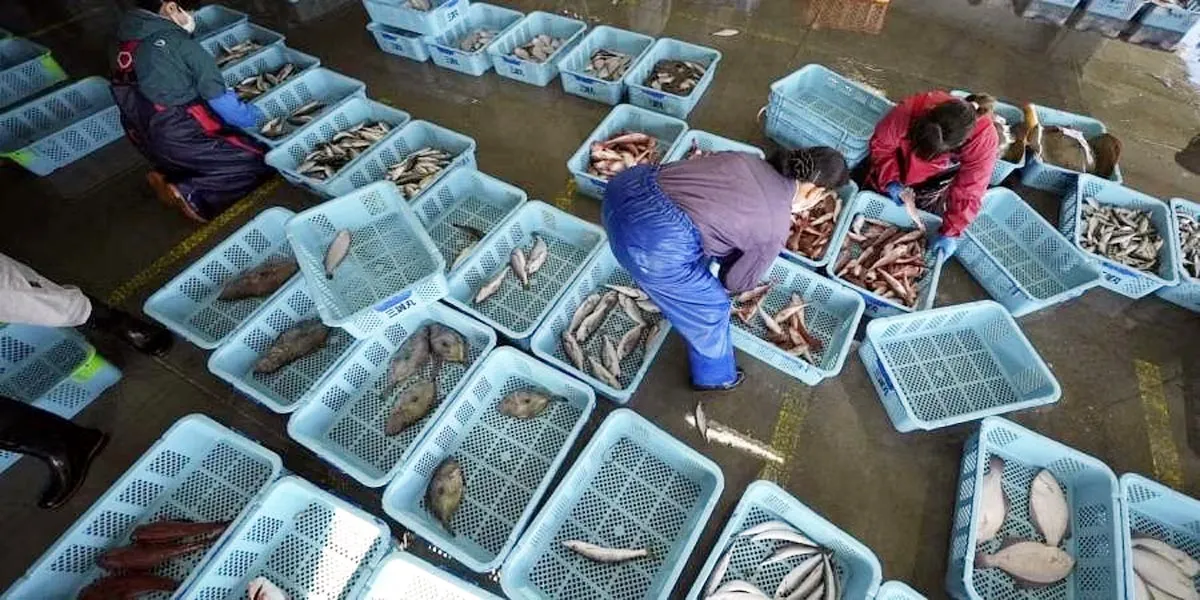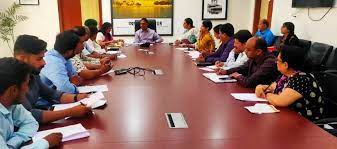IAEA team collects marine samples near Fukushima

JAPAN: A member of an International Atomic Energy Agency team visiting Fukushima for its first marine sampling since the Fukushima Daiichi nuclear power plant began releasing treated radioactive waste water into the ocean said Thursday that fish they caught detected trace amounts of radiation. No increase in levels is expected. In territorial waters.
The IAEA team early Thursday observed flounder and other popular types of fish being caught off the coast and brought on boats to Hisanohama port in southern Fukushima for auction.
“I can say that we do not expect to see any changes in fish,” said Paul McGinnity, an IAEA marine radiology scientist.
A small increase in levels of tritium, which cannot be removed from Fukushima Daiichi wastewater by the plant’s treatment system called ALPS, is possible in locations close to the discharge points, but radioactivity levels are expected to be similar to previously measured levels. . Last year’s holiday, he said.
Fukushima Daiichi began releasing waste water into the sea on August 24. The release, which is expected to continue for decades, has been strongly opposed by fishing groups and neighboring countries, including South Korea, where hundreds of people protested.
















